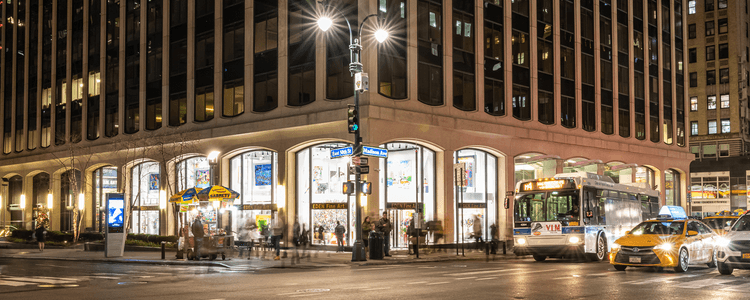In the realm of art, few movements have been as radical, subversive, or as baffling as Dadaism. Originating in the early 20th century, Dada emerged not just as an art form, but as a form of protest, a reaction to the socio-political climate of its time, specifically the horrors of World War I.

The Anti-Art Movement: Dadaism
Updated: August 15 2024
Dadaism was born in the heart of Zurich, Switzerland, in 1916, far from the battlefields yet deeply affected by the war's devastation. It was at the Cabaret Voltaire, a nightclub, where artists, writers, and intellectuals congregated to express their disdain for the war and the cultural, political, and intellectual conformity they believed had led to it. They sought an outlet, and Dada, the nonsensical art movement, became their voice.
The term 'Dada' itself is deliberately nonsensical. Some say it was chosen randomly from a dictionary, while others believe it's derived from the French word for hobbyhorse. Either way, the name is fitting for a movement that sought to challenge conventional notions of art and taste.
Dada was anti-art, anti-convention, and even anti-Dada at times!
Dadaists employed a range of mediums – from visual arts like painting and sculpture to performance art, poetry, and music. The materials and methods they used were as unconventional as their philosophy. Found objects, or "readymades" as they were called, were a hallmark of Dada art. Marcel Duchamp's "Fountain," a urinal-turned-artwork, is perhaps the most infamous example. By presenting everyday objects as art, Dadaists questioned the very nature of art itself.
Beyond the visual arts, Dadaism also profoundly impacted literature. Randomly assembled words, nonsensical poems, and jarring juxtapositions were used to disrupt conventional linguistic structures and meanings. Tristan Tzara, a key figure in the movement, once provided instructions on how to create a Dadaist poem by cutting out words from a newspaper and drawing them randomly from a bag.
Dadaism was ephemeral, lasting less than a decade, but its influence was enduring. It paved the way for later avant-garde movements like Surrealism, Pop Art, and Conceptual Art. It questioned the established norms and invited everyone to see the world with a fresh if somewhat skeptical, eye.

In today's age of rapid technological advancement and global challenges, Dadaism serves as a reminder of the power of art to reflect, challenge, and even mock the status quo. It teaches us that sometimes, to understand the world and our place in it, we must first learn to unlearn.
RELATED ARTICLES

EDEN
Updated: December 17, 2025Inside the Minds of EDEN Art Collectors
The Collectors Behind the Canvas offers an intimate look into the lives of EDEN collectors around the world. From Abu Dhabi to Dubai, discover how Dan and Nadia Feldman and Yann and Lana Biojau live surrounded by color, creativity, and meaning—revealing ...

EDEN
Updated: December 22, 2025How to Buy Art from EDEN
How to Buy Art from EDEN is your step-by-step guide to collecting art with confidence and joy. From discovering artists online to receiving personalized consultation and seamless delivery, EDEN transforms buying art into a meaningful, guided experience ...

EDEN
Updated: October 14, 2025EDEN Gallery Madison – A Chapter Closed, A Spirit That Lives On
EDEN Art Gallery Madison opened in 2009 at 437 Madison Avenue, NYC, and remained active until 2025. Although EDEN Madison closed, its influence continues through our larger galleries in SoHo and on Fifth Avenue. The EDEN Madison story is one of growth, ...
Join Our
Stay updated with the latest from the EDEN House of Art—be the first to discover new events, collections, and more!



